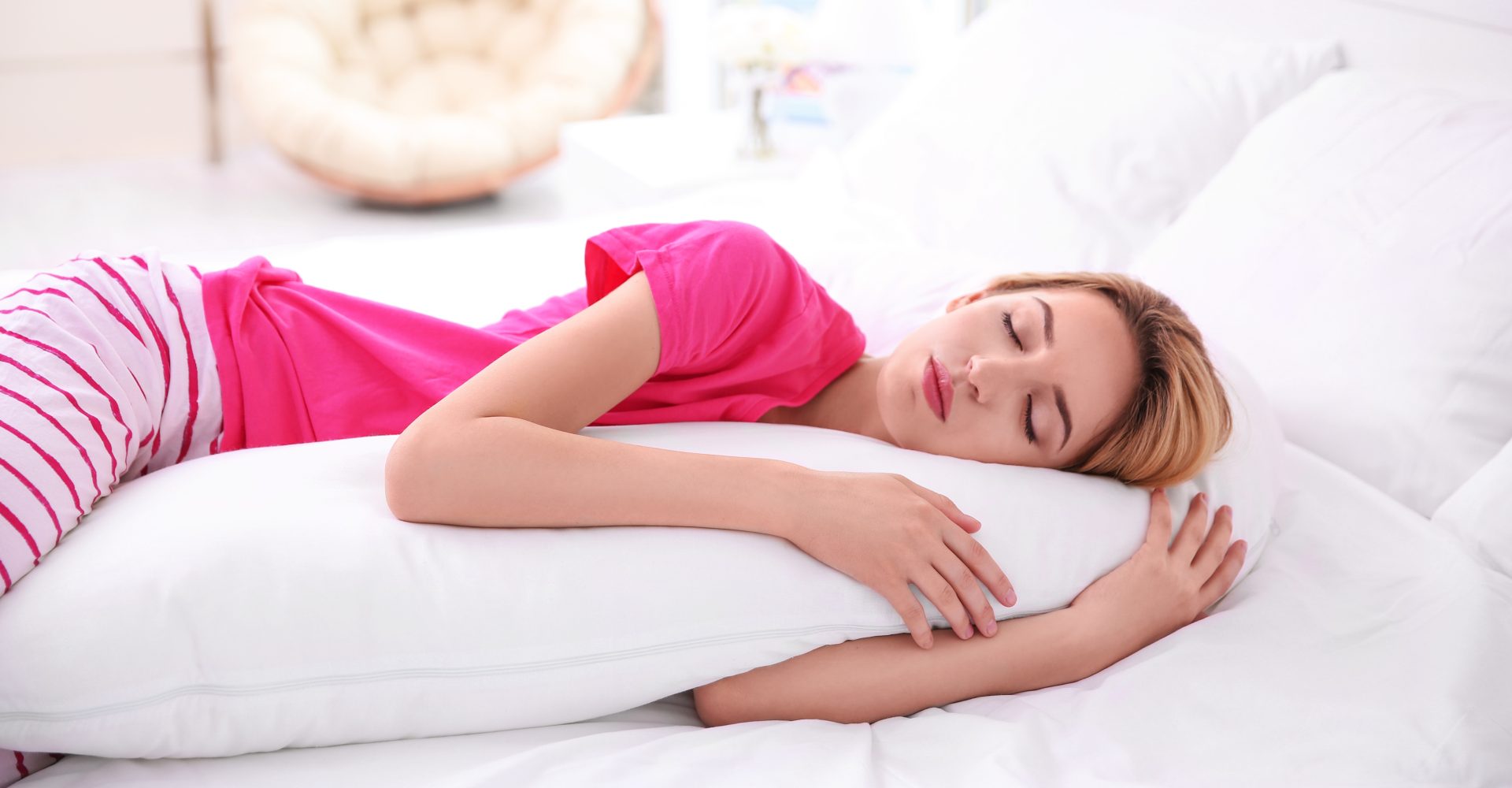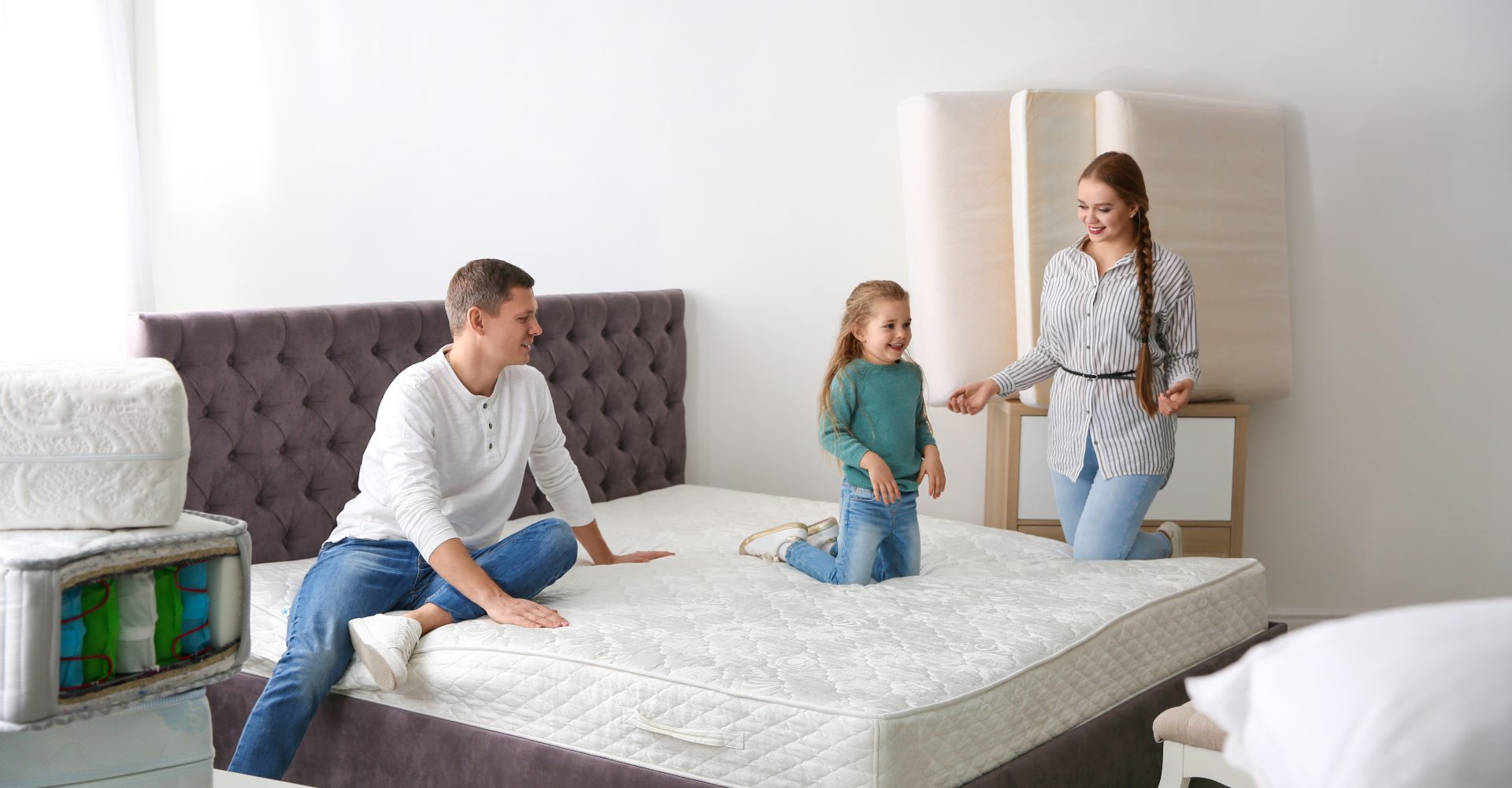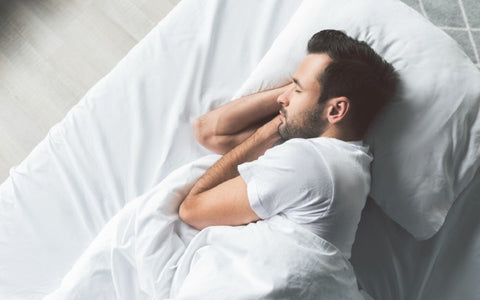Magazine
THE SCIENCE BEHIND MATTRESS FIRMNESS LEVELS AND SLEEP QUALITY

A good night's sleep is essential for maintaining good physical and mental health. However, the quality of our sleep is primarily determined by the type of mattress we use. Mattress firmness levels play a crucial role in determining the quality of sleep. Here are three points that will be discussed in the body of this article on the science behind mattress firmness levels and sleep quality:

What are mattress firmness levels, and how do they affect sleep quality?

Mattress firmness is one of the key characteristics to consider before purchasing a mattress. The right level of firmness is critical for the support of your body to give you a good night's sleep. Mattress firmness reflects the softness or firmness the bed feels when you lie on it. People with a different build will experience the firmness of the bed differently. Firmness and support are not necessarily the same. Support is about how well the mattress can keep your spine in a healthy, neutral alignment and is determined by the mattress core. A firmer mattress can often help with support, but it is only sometimes the case, depending on your body weight. Firmness measures the immediate feeling of lying on a bed and is linked to the comfort layer. It determines the level of comfort and the relief of pressure points. A tougher bed may not provide enough contouring to relieve sensitive pressure points for certain sleepers, resulting in an uncomfortable, not restful night of sleeping and achy joints in the morning. A mattress can be soft and supportive or firm and unsupportive – depending on the individual's body type and sleeping style.
The rating Scale of the Mattress' Firmness Levels
A standard 10-point scale describes firmness, with softer mattresses on the lower end and firmer surfaces on the higher end. The material used to make a mattress largely determines the firmness of a mattress. Most mattresses have a support core with a comfort system layered over the core. The comfort system is to support the pressure points and is made of a material such as memory foam, latex, and fibre. Thicker comfort systems produce a softer feel, whereas thinner layers of less pliable materials contribute to a firmer mattress.
Extra Soft (1-2)
The extra soft mattresses are incredibly luxurious and may also be classified as plush. They create significant sinkage but are unfortunately not supportive enough and are detrimental to spinal health. As a result, extra soft mattresses are not very popular and may be hard to find.
Soft (3 – 4)
The sinkage on these mattresses ranges from 3 to 15 inches (38.1 cm). They usually come in two forms – a deep cushion hug and a traditional deep contour memory foam.
Medium (5 – 6)
Medium or medium firm beds that accommodate the most significant number of sleepers are the most popular option. In addition, they can accommodate different sleeping positions and are recommended for combination sleepers.
Hard (7 – 8)
These are slightly firmer mattresses with a little less hug and sinkage. These are generally preferred by people who require a little more firmness.
Extra Hard (9 – 10)
This is the hardest type of mattress available. It has virtually no sinkage and is not one of the favorites in the bedding market.
How do different sleep positions influence the ideal mattress firmness level?

The varying level of firmness accommodates different sleeping positions. A person's body weight determines the level of firmness for each position and varies across the levels.
Side Sleepers: Soft to Extra Firm (2 – 7)
The soft beds are comfortable for side sleepers who weigh under 130 pounds. Heavier individuals may sink in too deeply, risking their spinal alignment due to insufficient support. The mattress conforms close to the body, which helps relieve pressure and provides a hugging sensation. Side sleepers place considerable pressure on their hips and shoulders and benefit from the plusher surfaces that cushion or cradle the body. A firmer mattress can push the spine out of alignment and cause pressure build-up. On the other hand, a surface that is too soft can lead to poor posture due to excessive sagging. The side sleepers may enjoy firmness levels from 2 to 7, depending on their weight.
Back Sleepers: Medium Soft to Hard (4 – 6)
Medium soft mattresses to hard are the preferred mattresses for the back sleeper. It is also especially appropriate for partners with different body types and sleeping positions. It provides medium support with less sinkage than the softer mattresses. They offer a good balance of contouring and support to people between 130 and 230 pounds. It also provides significant comfort and cradles the body to relieve pressure. Back sleepers require a slightly firmer mattress between 3 to 8 as it results in sagging and provides subtle cradling. The spine remains in a more neutral position while supporting the lumbar region. Too soft or firm mattresses could put pressure on the lower back.
Stomach Sleepers: Firm to Extra Firm (7 – 10)
These mattresses are firm to extra firm with a sturdy feel. It offers exceptional support for sleepers who weigh over 230 pounds. Stomach sleepers often prefer a firmer option with little to no sinkage. The firm and extra-firm mattresses have a thinner comfort layer and do not contour that closely. As a result, side sleepers, especially those under 230 pounds, may experience pressure around their hips and shoulders. Firm mattresses are reasonably popular, but finding extra firm models may be more challenging.
Stomach sleeping is inadvisable for people due to the strain on the sagging midsection. In addition, a mattress with inadequate support can cause an unnatural arch in the lower back, causing pain. The best range for stomach sleepers would be between 5 and 8, depending on the body weight.
Combination Sleepers: Moderate firmness
People who switch between multiple sleeping positions in a single night may need help choosing their best firmness level. As their needs change with each position, a moderate firmness ranging from soft (3) to firm (8) tend to be the best.
How to choose the right mattress firmness level based on your sleep preferences and body type?

When buying a bed, you should know your preferred sleeping position. Determine the firmness you require for your body type, the pressure relief, and the comfort and cushioning. Responsiveness of the mattress to your sleeping position should be a determining factor when buying the correct mattress to give you a good night’s sleep and comfort.
Make your dreams come true. Get a good night’s sleep to change your life! At Dorelan, experts can help you get the sleep you deserve with a mattress that would suit you!
MORE ARTICLES
The average person spends 33 years of their life sleeping. Sleeping well makes us feel better, more alert, energetic, and better able to concentrate and perform. Getting quality sleep is one of the most important things you can do for your health and wellbeing. Read our magazine for the ultimate guide to a good night’s rest!



